Driver Impact Position: How Is It Different To An Iron Shot?
The driver impact position may be the final act before sending the ball off the tee, but getting it right is a crucial component in long and powerful tee shots
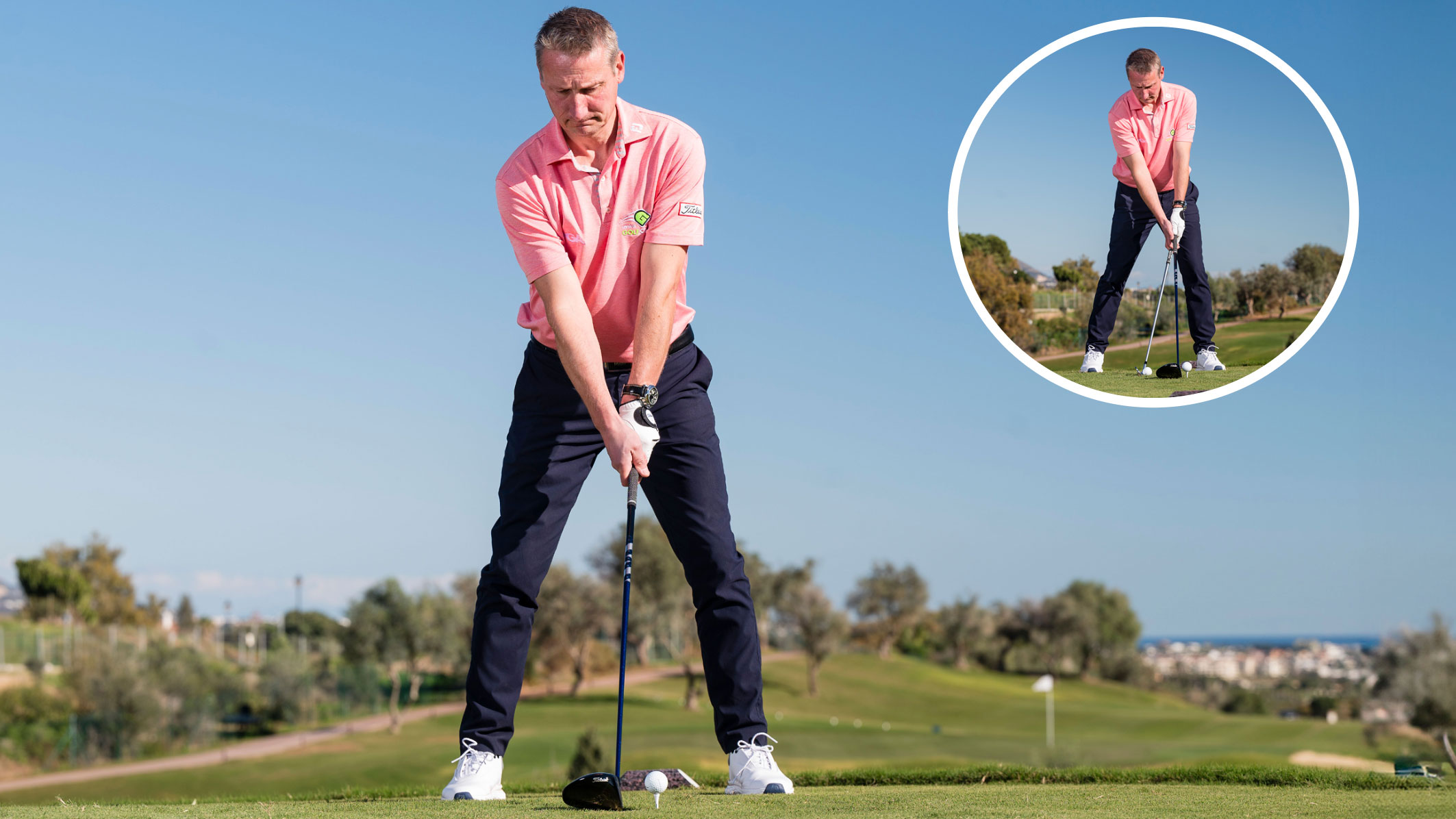

Anders Mankert
The impact position with driver is an area that PGA professionals get asked about a lot when teaching amateurs how to hit a driver, as the advice around this part of the golf swing has changed in recent years. As PGA Master Professional Anders Mankert explains below, the reason for this is down to how modern drivers have been designed.
In order to help you get the most out of your driver and hit a longer ball, our Top 50 Coach revisits the importance of the driver set-up position and demonstrates one of his favorite drills. It will hopefully bring all aspects of the swing together and turn your driving into a real strength, whether you are looking to find golf tips for beginners or something to take your game to the next level...
DRIVER SET-UP

Anders is the owner and head professional at Leicester Golf Centre, with a coaching career spanning more than 28 years. In 2024, Anders received the title of Master PGA Professional - becoming only the 65th person in history to be awarded that accolade. His vast coaching experience has transformed the golf swing of many amateurs and professionals.
I get asked about the correct driver impact position a lot. It used to be a case where the general advice was to lean back a touch in order to help hit up on the ball. However, the best golf drivers in the modern game launch the ball so high, which means that approach is no longer ideal. In fact, the best players in the world - and this would be backed up by Trackman data - actually hit slightly down on the ball (approximately 1°-1.5°).
I recommend going over my step-by-step guide to the driver set-up, as following this will help you to groove the right driver impact position - one that will help you to maximise your distance and hit more fairways.
What I say to a lot of club golfers is that you won't go too far wrong if you think of hitting your driver at around the low point. What I steer most of my students away from is this somewhat dated idea that they should be leaning backwards, or putting the ball really far forward in their stance.
In the picture directly below, you can see that, for a driver, I have positioned the ball just opposite my left armpit (slightly forward of middle). Remember, you'll be shifting your weight to your left (right-handers). The bottom of your sternum is the low point, which will be at the same position as having the ball opposite your left armpit to start with, because you're moving to the left.
I see a lot of club golfers struggling with a slice. Maybe you do? Think about what will happen if you have the ball too far forward. The later on in the swing arc you hit the ball, the more prone the club is to going across it. If you move the ball back in the stance, you are far less likely to slice it.
Get the Golf Monthly Newsletter
Subscribe to the Golf Monthly newsletter to stay up to date with all the latest tour news, equipment news, reviews, head-to-heads and buyer’s guides from our team of experienced experts.
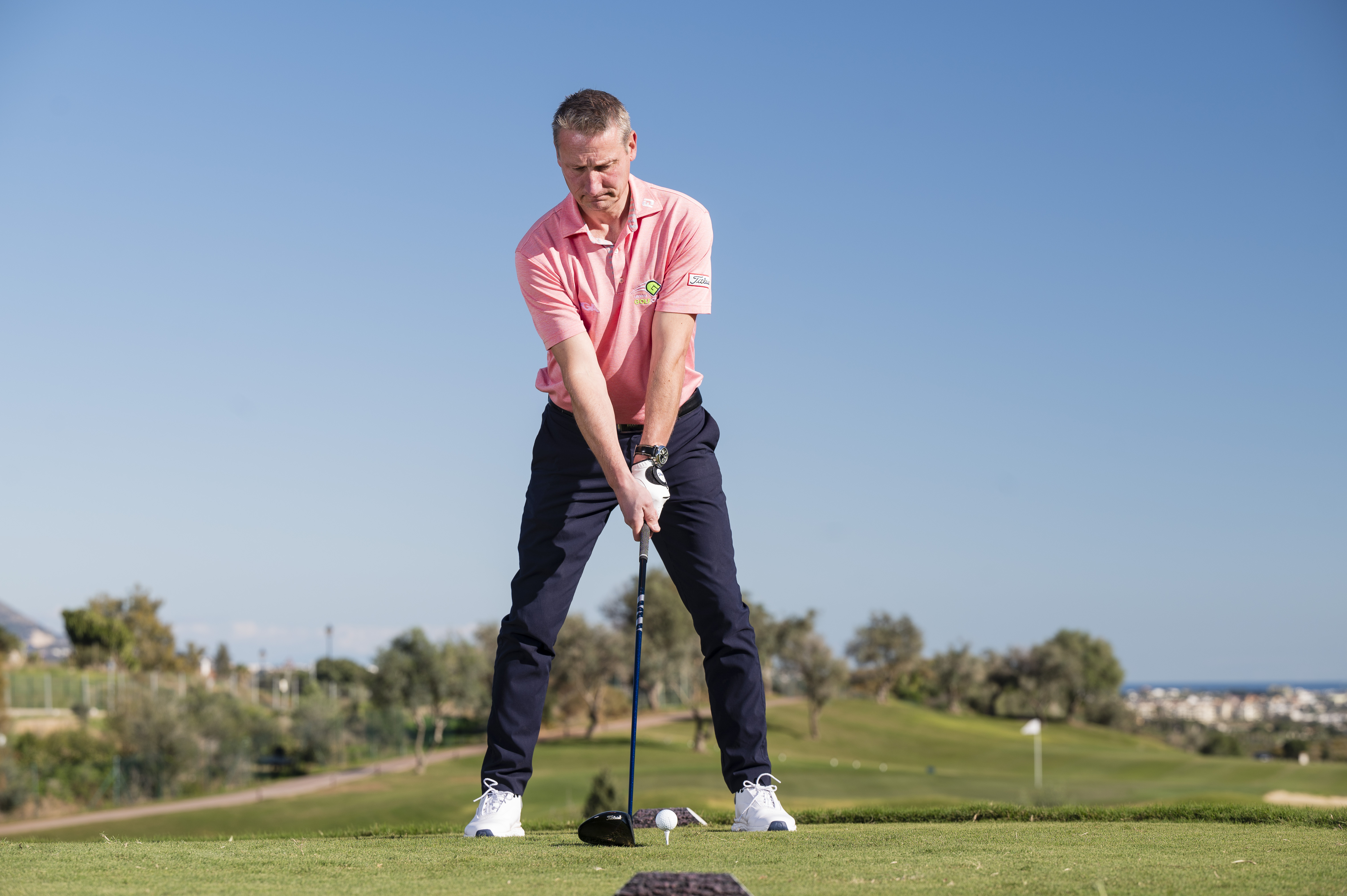
This is the perfect driver set-up position
DRIVER VS. IRON IMPACT POSITION
With an iron, you should be hitting down and compressing the ball. Look at the picture below - this shows where my hands are at impact with the driver and an iron, which with both clubs is opposite the inside of my left leg.
Because the ball position for an iron is different to that of a driver, you can clearly see how I'm hitting down on the iron and compressing the ball, but with a driver the impact is pretty much at the low point.
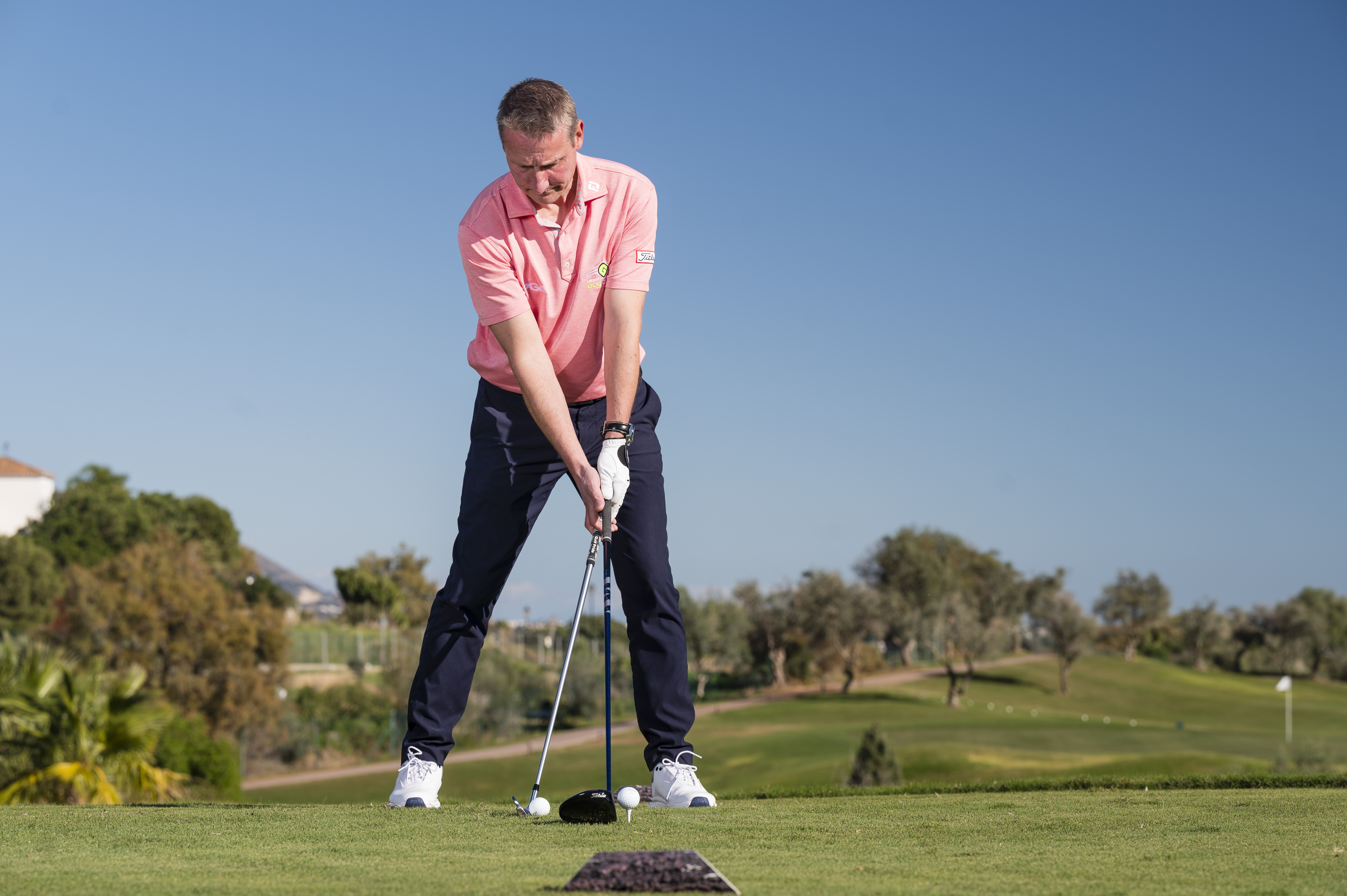
Note the position of the hands at impact with the driver and iron
DOWNSWING
The shot below shows transition. When I start my driver downswing, there is going to be a significant shift of weight into my lead side. You'll see the big hitters on Tour bow their knees slightly. This is a lovely position, as it shows the lead hip starting to shift into the ball of the left foot (more on this below). Note how my right elbow has dropped into my side.

During the driver downswing there is a shifting of weight onto the lead side
You can see now how my right elbow is really wedged in - it drops into my side, and my left shoulder stays high. One of the most common faults at this point of the driver golf swing is the lead shoulder going down and the right arm coming out - an over-the-top action that typically creates a slice. One of the most crucial points to note here is that my weight has gone laterally - I'm not turning - that aggressive turn will come later.
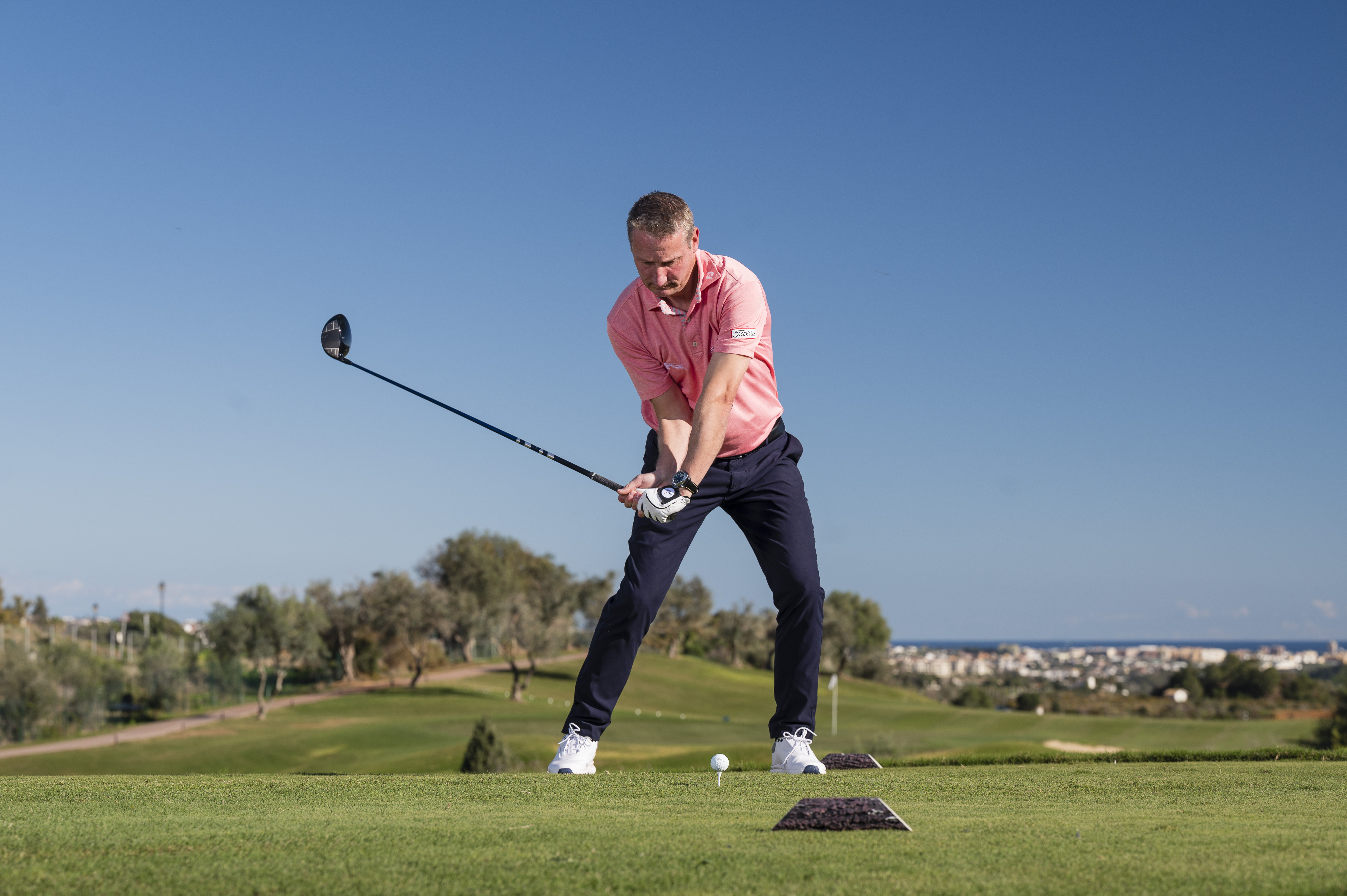
My right elbow has dropped into my side at this point of the swing
WEIGHT TRANSITION DRILL
You might be thinking that this is all well and good, but how do I actually hit the perfect drive? If weight transfer is so crucial, how do I get it right? Well, here's how you're going to do it. This has to be one of my favorite driver drills ever. All you need is an old tennis ball.
Cut the ball in half. Once you've done that, take your driver set-up (top picture) making sure that one half of the tennis ball is under the ball/toes of your lead foot and the other half is under the heel of your trail foot.
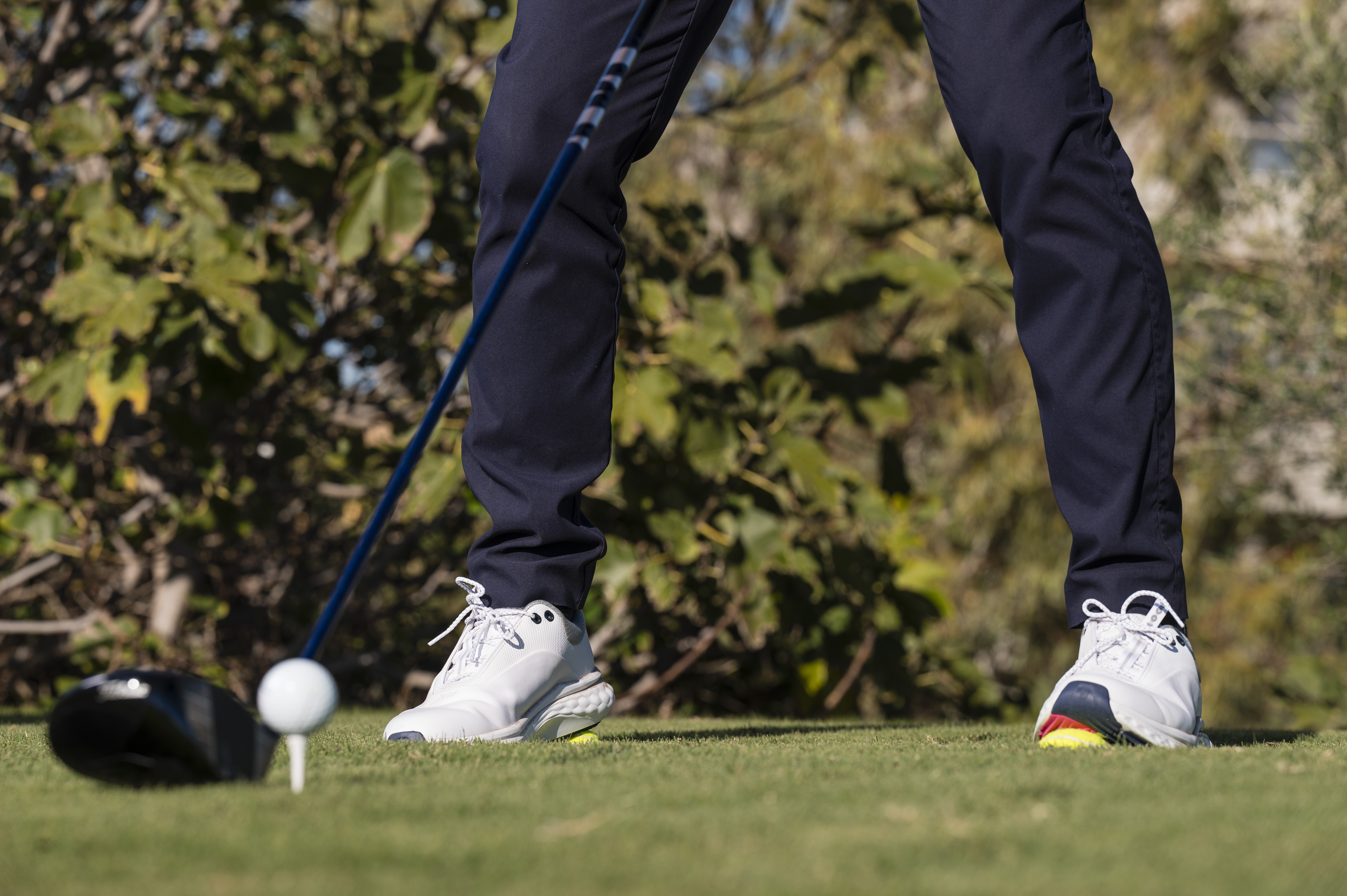
This weight transition drill can be a real game-changer for your driving
As you get to the top of your driver backswing, you should feel yourself pressing down onto the ball under your trail heel (right heel in the picture above). As you transition into the downswing, your weight is going to move and flatten the ball under the toes/ball of your lead foot.
What makes this drill so effective is that it will allow you to really feel how to start your downswing and then transition your weight - it brings it all together. I want to make a crucial point, here: your weight doesn't go from side to side - it goes from the heel of your trail foot to the ball/toes of your lead foot on a diagonal.
RELEASE
We can do all of the above very well - which will give you a nice swing path from the inside - but unless you release, it will count for absolutely nothing.
If you watch the best drivers of the golf ball, they all do this without thinking. I must have had this ingrained into me when I was 10 years old. Look at the picture below. Note how my wrists and forearms have turned in the follow-through.
This is so important, because if you don't release the club it arrives at the ball open. Give me someone who struggles with a slice and I could fix it in three minutes, just by getting them to do this. In fact, they might start off hooking the ball at first.
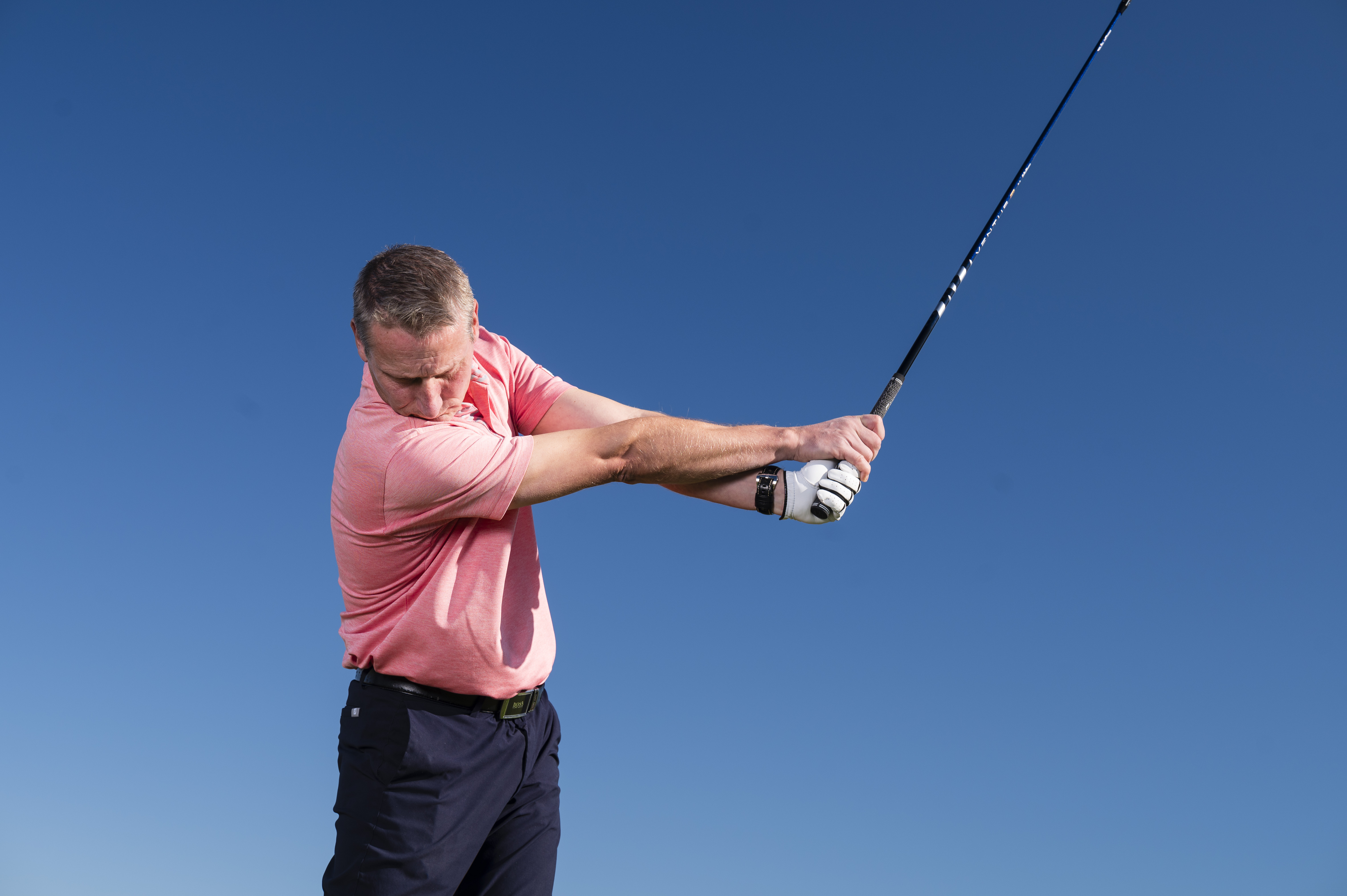
Releasing the club is crucial for long, straight drives
Should you hit up on the ball with a driver?
The best players in the world actually hit slightly down on the ball (about 1°-1.5°) with their driver. It used to be the case where the advice was to hit the ball slightly on the up. However, with modern drivers it's not necessary, nor do a lot of coaches recommend positioning the ball really far forward. Instead, just opposite the lead armpit, which is slightly forward of center, is generally thought to be the best ball position for driver for most club golfers.

Michael has been with Golf Monthly since 2008. A multimedia journalist, he has also worked for The Football Association, where he created content to support the England football team, The FA Cup, London 2012, and FA Women's Super League. As content editor at Foremost Golf, Michael worked closely with golf's biggest equipment manufacturers and has developed an in-depth knowledge of this side of the industry. He's a regular contributor, covering instruction, equipment, travel and feature content. Michael has interviewed many of the game's biggest stars, including seven World No.1s, and has attended and reported on numerous Major Championships and Ryder Cups around the world. He's a member of Formby Golf Club in Merseyside, UK.
- Anders MankertMaster PGA Professional and Golf Monthly Top 50 Coach
You must confirm your public display name before commenting
Please logout and then login again, you will then be prompted to enter your display name.
-
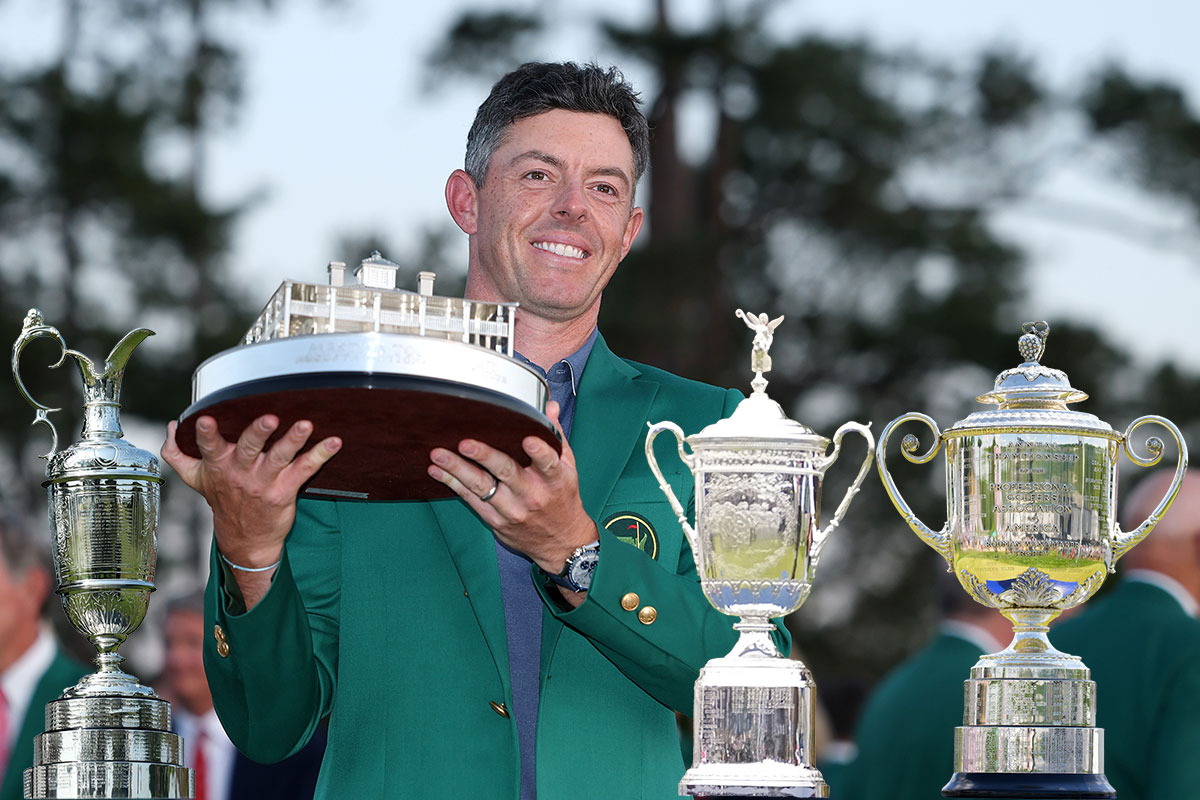 How Many Majors Will Masters Champion Rory McIlroy Win In His Career... And Which Is Next?
How Many Majors Will Masters Champion Rory McIlroy Win In His Career... And Which Is Next?Rory McIlroy completed the Career Grand Slam in dramatic fashion at The Masters, but how many Majors could he go on to win in his career (and which comes next)?
By Barry Plummer Published
-
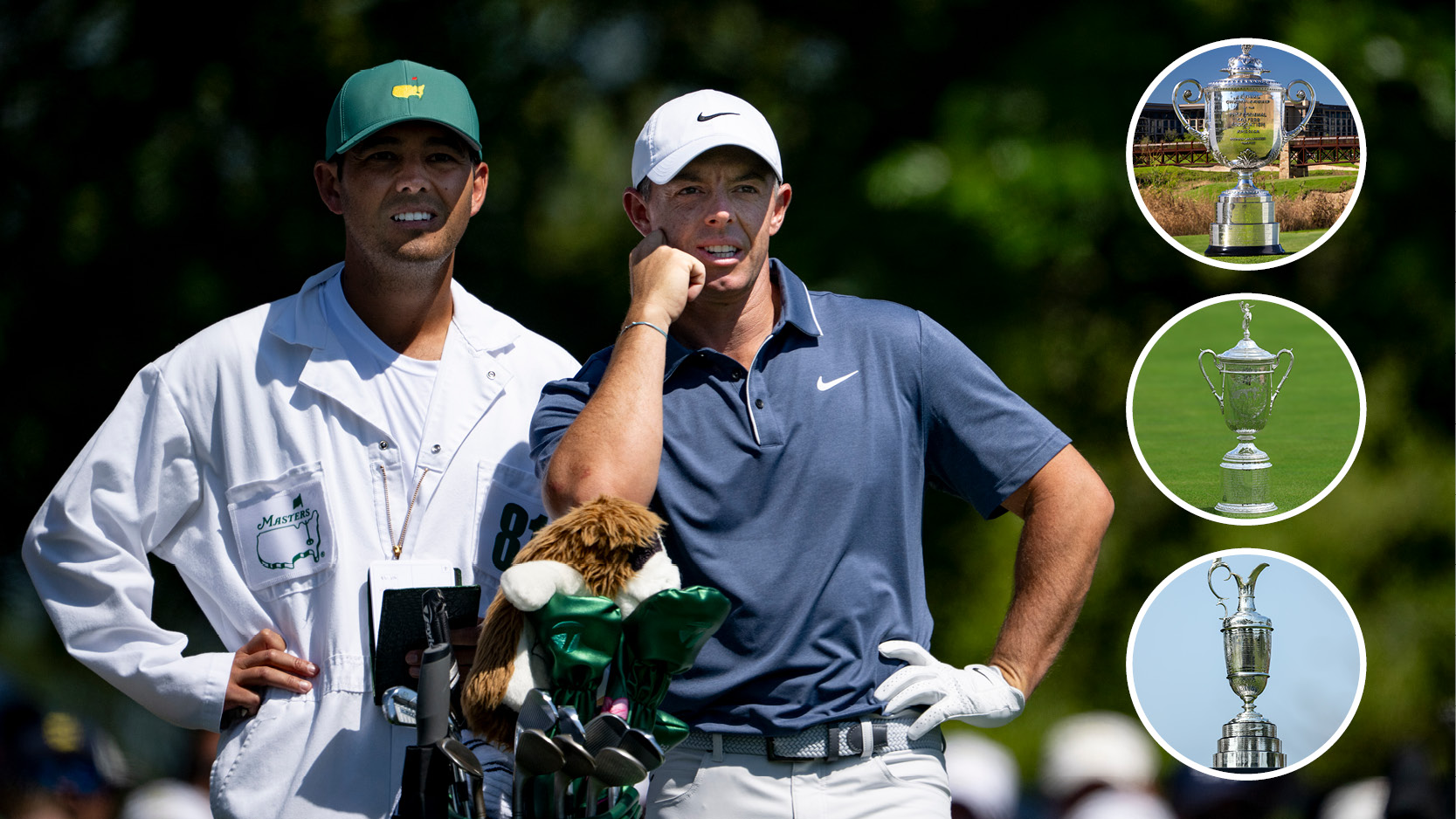 'You Can't Win Them All If You Don't Win The First' - McIlroy Grand Slam Odds Shorten After Masters Victory
'You Can't Win Them All If You Don't Win The First' - McIlroy Grand Slam Odds Shorten After Masters VictoryMcIlroy completed the Career Grand Slam after winning The Masters, with his odds of claiming the Grand Slam in 2025 slashed after his Green Jacket victory
By Matt Cradock Published